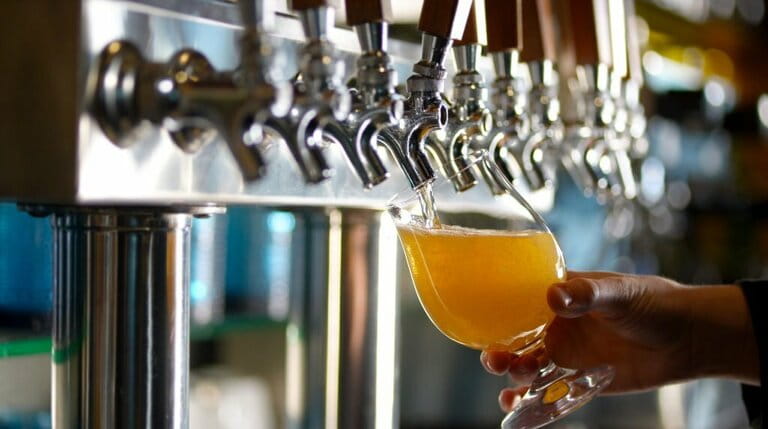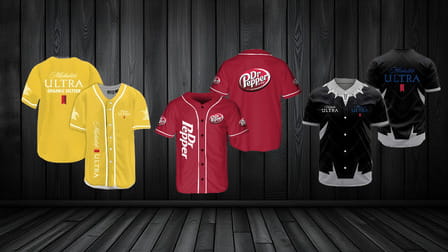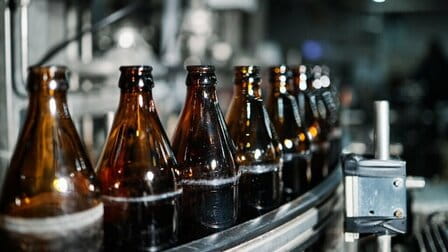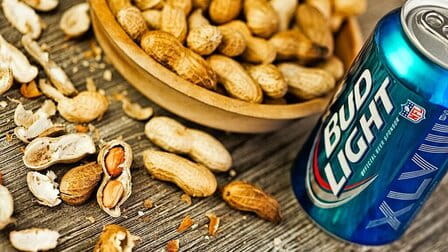Sour beer is a style of beer that is intentionally soured or acidic. The sour flavors come from lactic acid produced during fermentation by bacteria or wild yeast strains. Sour beers have become increasingly popular in recent years among craft beer enthusiasts seeking bold, tart flavors.
How Sour Beer Is Made
There are a few main methods used to produce sour beers:

Mixed Fermentation with Lactic Acid Bacteria
- Brewers inoculate the wort with bacteria like Lactobacillus or Pediococcus in addition to regular brewer's yeast.
- The bacteria produce lactic acid as they ferment sugars, lowering the pH and giving the beer a sour taste.
- Belgian lambic and German gose beers are made using this mixed-fermentation technique.
Kettle Souring
- Wort is soured with lactic acid bacteria for a short time before the boil.
- The bacteria are killed during boiling, then yeast carries out a normal fermentation.
- Kettle souring provides brewers with greater control over the souring process. Berliner weisses are often made this way.
Barrel Aging
- Beers are aged for months or years in wooden barrels that have been exposed to bacteria and wild yeasts.
- The microbes impart sour flavors as the beer ages in the barrels.
- Flanders red ales and American wild ales use barrel-aging to achieve their signature sour taste.
Flavor Profiles of Sour Beers
Sour beer encompasses many styles with their own flavor characteristics:

Tart and Citrusy
- Berliner weisses have a bright, lemony tartness. The wheat malt contributes to a creamy mouthfeel.
Funky and Earthy
- Belgian lambics like gueuze have intense barnyard, musty flavors from Brettanomyces yeasts that develop over years of barrel aging.
Malty and Fruity
- Flanders red ales from Belgium have a reddish-brown color from Munich malts. They are mildly tart with rich fruit flavors.
Sharp and Clean
- American kettle sours tend to have a very crisp, lemony acidity without much else competing for attention. They are highly drinkable due to the clean sourness.
Health Benefits of Sour Beer
The probiotic bacteria used to produce sour beers may offer some health benefits:

- Provides the gut healthy bacteria and yeast that aids digestion. The same types of bacteria are found in yogurt and other fermented foods.
- Has antioxidants that can help reduce inflammation and improve heart health. The souring bacteria generate folate, flavanoids, and other compounds.
- May help balance blood sugar due to the acetic and lactic acids. Sour beers have a lower glycemic index.
However, sour beers still contain alcohol, so moderation is key. The health impacts depend on the individual and quantity consumed.
Trying Sour Beers
Here are some tips for enjoying sour beers:

- Try a flight of different styles to experience the range of sour flavors. Belgian lambics, German goses, and American kettle sours each have their own taste profiles.
- Start with a Berliner weisse or gose if new to sours - their tartness is milder than a funky lambic. Fruit additions can make them more approachable.
- Savor sour beers slowly. The nuances are subtle, so let the flavors develop over time. Sipping stimulates saliva to balance the acidity.
- Pair sour beers with creamy or salty foods. The acidity contrasts nicely with rich dishes and brightens heavier flavors. Soft cheeses, Thai food and oily fish all complement sours.
- Store opened sour beers in the fridge and finish within a few days. Their delicate flavors fade quickly after opening, and the unfermented sugars can cause overcarbonation.
FAQs About Sour Beer
What causes the sour taste in sour beers?
The sourness comes from increased levels of lactic acid and acetic acid that build up during the fermentation and aging processes from bacteria and wild yeast strains. The lowered pH gives sour beers their tart, acidic flavors.
Are sour beers safe to drink?
Yes, commercially produced sour beers are safe to drink. Reputable breweries take care to inoculate their beers with the appropriate bacteria cultures and allow proper time for fermentation. The alcohol and acidic environment prevent harmful microbes from growing.
How long does it take to make sour beer?
Sour beer production often takes several months to multiple years. The extended fermentation and aging allows time for the specialty yeasts and bacteria to produce acids and complex flavors. Quick kettle souring methods can make tart beers in a few weeks.
What is the difference between lambics and Flanders red/brown ales?
Lambics are Belgian sour ales exclusively fermented with wild airborne yeast and aged in barrels. Flanders sours are a related family of sour beers, but brewers inoculate them with known bacteria cultures rather than rely solely on whatever microbes are in the environment.
Can sour beers be aged like wine or regular beer?
Certain high-ABV sour beer styles can age well, but most are best enjoyed fresh. The lactic acid bacteria and wild yeasts can sometimes continue developing off-flavors in the bottle over extended aging. Sours are generally not designed to cellar like other beers might.
Conclusion
With their tart, funky, and complex flavors, sour beers represent an adventurous side of brewing. Skillful use of alternative yeasts and bacteria during fermentation gives these beers their signature acidity. While sour beer encompasses an array of styles, they all provide a distinctly sour taste profile. For the curious beer drinker looking to explore beyond conventional ales and lagers, sours offer a delicious introduction to the wilder side of beer.












